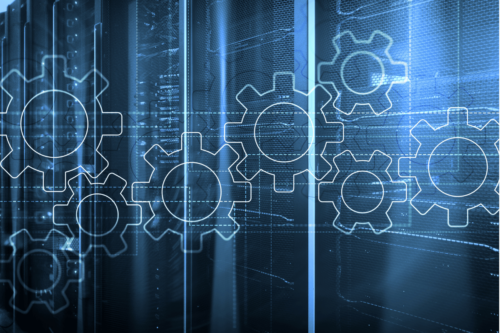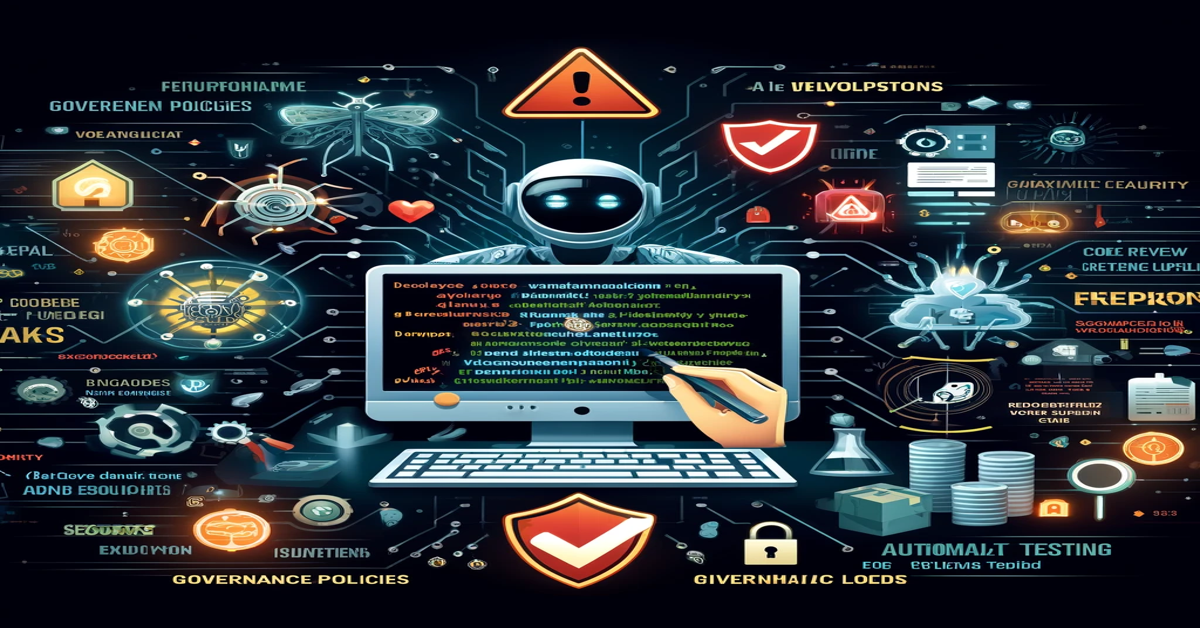In recent years, artificial intelligence (AI) has revolutionized various industries, including software development. AI-generated code, produced by tools like OpenAI’s Codex, has shown tremendous potential in accelerating development processes, reducing errors, and increasing productivity. However, this technological advancement is not without its risks, especially for enterprise cybersecurity teams. As AI-generated code becomes more prevalent in internal development and engineering teams, cybersecurity experts are growing increasingly concerned about the potential vulnerabilities and threats it may introduce. This blog post explores why enterprise cybersecurity teams are alarmed by AI-generated code and what companies can do to mitigate its risks.
The Concerns Surrounding AI-Generated Code
1. Unpredictability and Lack of Transparency
AI-generated code is often seen as a “black box,” where the decision-making process of the AI is not fully understood even by its developers. This lack of transparency can lead to unpredictable outcomes. For instance, an AI might introduce subtle bugs or vulnerabilities that are not immediately apparent but could be exploited by malicious actors. Traditional code review processes may not be sufficient to catch these issues, especially if the reviewers are not familiar with the intricacies of AI-generated code.
2. Potential for Embedded Vulnerabilities
AI models are trained on vast amounts of data, including open-source code repositories. While this training can produce highly efficient code, it also means that any vulnerabilities present in the training data can be replicated in the generated code. If the AI inadvertently incorporates insecure coding practices or known vulnerabilities, it can introduce significant security risks to the enterprise environment.
3. Difficulty in Attribution and Accountability
When a piece of code is generated by an AI, it can be challenging to determine who is responsible for any security flaws it contains. This lack of clear accountability complicates the process of addressing and rectifying security issues. In traditional software development, individual developers or teams are usually held accountable for their code. With AI-generated code, this accountability is diluted, making it harder to enforce security standards.
4. Rapid Proliferation of Code
AI-generated code can be produced at a much faster rate than human-written code. While this can enhance productivity, it also means that potentially insecure code can be integrated into systems more quickly. The speed at which AI-generated code is deployed can outpace the ability of security teams to conduct thorough assessments, increasing the risk of introducing vulnerabilities into the production environment.
Mitigating the Risks of AI-Generated Code
To address these concerns, companies must adopt proactive strategies to ensure the security of AI-generated code. Here are several measures that enterprises can implement:
1. Enhanced Code Review Processes
Traditional code review processes must be adapted to handle AI-generated code. This includes training security teams to recognize potential vulnerabilities specific to AI-generated outputs. Automated code analysis tools that can detect common security issues should be integrated into the development pipeline. Additionally, peer reviews should be complemented with AI-specific code audits to identify and address subtle flaws that might be missed by human reviewers.
2. Robust Testing and Validation
Comprehensive testing is crucial to ensure the security and reliability of AI-generated code. This includes static and dynamic analysis, as well as fuzz testing to uncover hidden vulnerabilities. Enterprises should also conduct regular security audits and penetration testing to evaluate the robustness of AI-generated code against potential attacks. These tests should be part of an ongoing process rather than a one-time effort.
3. Implementing AI Governance Policies
Establishing clear governance policies for the use of AI in code generation is essential. These policies should define the responsibilities and accountability of developers and AI systems, set standards for code quality and security, and outline procedures for incident response. By having a well-defined governance framework, companies can ensure that AI-generated code adheres to the same rigorous standards as human-written code.
4. Regular Updates and Patching
AI models used for code generation must be regularly updated and patched to address new vulnerabilities and improve their security capabilities. This includes retraining models with updated datasets that exclude insecure coding practices and known vulnerabilities. Keeping AI models up-to-date helps mitigate the risk of propagating outdated or insecure code.
5. Education and Training
Continuous education and training for developers and security teams are vital. Developers should be educated on the potential risks associated with AI-generated code and trained in secure coding practices. Security teams should stay informed about the latest AI technologies and their implications for cybersecurity. By fostering a culture of security awareness, enterprises can better equip their teams to handle the challenges posed by AI-generated code.
Weighing the Pros & Cons with AI-Generated Code
AI-generated code offers significant benefits to enterprise development and engineering teams, but it also introduces new security challenges. The concerns of unpredictability, embedded vulnerabilities, lack of accountability, and rapid code proliferation necessitate a proactive approach to cybersecurity. By enhancing code review processes, implementing robust testing, establishing governance policies, ensuring regular updates, and investing in education and training, companies can mitigate the risks associated with AI-generated code and harness its potential securely. As AI continues to evolve, staying vigilant and adaptable will be key to maintaining a secure development environment.
Try Portnox Cloud for Free Today
Gain access to all of Portnox's powerful zero trust access control free capabilities for 30 days!







